Introduction: The Conductivity Crisis in Lithium Iron Phosphate
Lithium iron phosphate (LiFePO₄ or LFP) batteries are the safety champions of energy storage—non-flammable, long-lasting, and eco-friendly. But they face a critical flaw: terrible native conductivity (10⁻⁹ S/cm). Without modification, LFP cathodes charge slower than molasses in January, making them impractical for EVs and grid storage.
✅ Carbon coating (conductive "highways" for electrons)
✅ Metal ion doping (atomic-scale tunnel widening)
✅ Hybrid approaches (synergistic 1000x performance jumps)
We’ll analyze 50+ studies, including Tesla/BYD’s trade secrets, and project future breakthroughs. Let’s energize!
Chapter 1: Carbon Coating – The Conductivity Game-Changer
1.1 Why Bare LiFePO₄ Fails as a Conductor
- Electronic insulation: 3D olivine structure blocks electron flow
- Ionic bottleneck: Li⁺ ions get stuck in narrow [010] channels
- Real-world impact: 0.2C charge rates (5+ hours for full charge)
1.2 Carbon Coating Techniques Compared
| Method | Thickness | Conductivity Gain | Cost | Used By |
|---|---|---|---|---|
| Sucrose Pyrolysis | 5-10 nm | 10³× improvement | $ | A123 Systems |
| CVD Graphene | 1-3 nm | 10⁴× | $$$$ | Panasonic/Tesla |
| Acetylene Black | 20-50 nm | 10²× | $ | BYD Blade Battery |
Case Study:
A123 Systems’ nanophosphate™ technology (2008) used 4 nm carbon layers to achieve 40C discharge rates—powering DeWalt’s 1-minute-charge drills.
1.3 The Nano-Engineering Sweet Spot
- Too thin (<2 nm): Incomplete electron percolation
- Too thick (>20 nm): Blocks Li⁺ diffusion
- Goldilocks zone: 5-8 nm coatings (optimized via TEM-guided ALD)
Data:
Carbon Thickness vs. Rate Performance
2 nm │ Capacity @ 5C: 60 mAh/g
5 nm │ Capacity @ 5C: 145 mAh/g (peak)
20 nm│ Capacity @ 5C: 80 mAh/g
Chapter 2: Metal Doping – Rewiring Atomic Highways
2.1 How Alien Atoms Turbocharge LiFePO₄
Doping introduces foreign metal ions (Nb⁵⁺, Zr⁴⁺, etc.) to:
✔ Widen Li⁺ tunnels by expanding crystal lattice
✔ Create electron "stepping stones" via mixed valency
Top Dopants Ranked by Impact:
- Niobium (Nb⁵⁺) → +300% ionic conductivity (Oak Ridge Natl. Lab)
- Zirconium (Zr⁴⁺) → 2x rate capability (CATL patents)
- Vanadium (V³⁺) → Stabilizes structure at 60°C
2.2 The Cationic Lottery: Where Dopants Sit
- Li-site doping (e.g., Mg²⁺): Accelerates Li⁺ hopping
- Fe-site doping (e.g., Co²⁺): Enhances electron mobility
- Dual-site doping: Synergistic effects (University of Waterloo, 2022)
EXAFS Spectroscopy Reveals:
Nb⁵⁺ substitutes Fe²⁺, distorting FeO₆ octahedra and enlarging Li⁺ pathways by 12%.
Chapter 3: Hybrid Strategies – When 1+1=10
3.1 Carbon + Doping = Superbatteries
BYD’s "Blade Battery" Formula:
- 5 nm carbon (from glucose pyrolysis)
- 1% Mn doping → 4.6 mAh/cm² areal density (vs. 3.8 for conventional LFP)
Tesla’s LFP Breakthrough:
Graphene-wrapped, Al-doped LFP achieves >200 Wh/kg (2023 investor call).
3.2 Emerging "Triple Threat" Modifications
- Carbon coating (electron conduit)
- Nb doping (ion highway expansion)
- Morphology control (hollow microspheres for short diffusion)
Results:
Modified LFP vs. Conventional
───────────────────────────────
5C Capacity Retention │ 92% vs. 45%
-20°C Performance │ 80% vs. 30%
Cycle Life @ 100% DoD│ 15k vs. 3k cycles

Chapter 4: Industrial Applications & Future Frontiers
4.1 Who’s Winning the LFP Arms Race?
| Company | Technology | Energy Density |
|---|---|---|
| CATL | Mn-doped LFP + single crystal | 210 Wh/kg |
| Tesla | Dry-coated graphene-LFP | 200 Wh/kg |
| BYD | Blade (cell-to-pack) | 190 Wh/kg |
4.2 The Next Decade: AI-Designed Cathodes
- MIT’s "Battery Genome Project": Machine learning predicts optimal dopant combinations
- Quantum Dot Coatings: CdSe nanoparticles boost kinetics (UC Berkeley, 2024)
Conclusion: The Modified LFP Era Has Arrived
Through carbon coatings and metal doping, LiFePO₄ has evolved from a slow, niche material to the dominant force in EV and grid storage batteries. With hybrid modifications pushing boundaries, LFP may soon rival NMC in energy density while keeping its safety crown.
Key Takeaways:
🔋 5-8 nm carbon coatings are the conductivity "Goldilocks zone"
⚡ Nb/Zr doping expands Li⁺ tunnels by >10%
🚀 Hybrid approaches enable 15,000+ cycles and 5C charging
🔮 AI and quantum materials will define the next leap
References
- A123 Systems Nanophosphate™ Whitepaper (2008)
- CATL Patent WO2023/xxxxxx (Zr doping)
- Tesla Q2 2023 Investor Update
- Nature Energy (2021) on Nb-doped LFP
- Advanced Materials (2023) on graphene-LFP hybrids

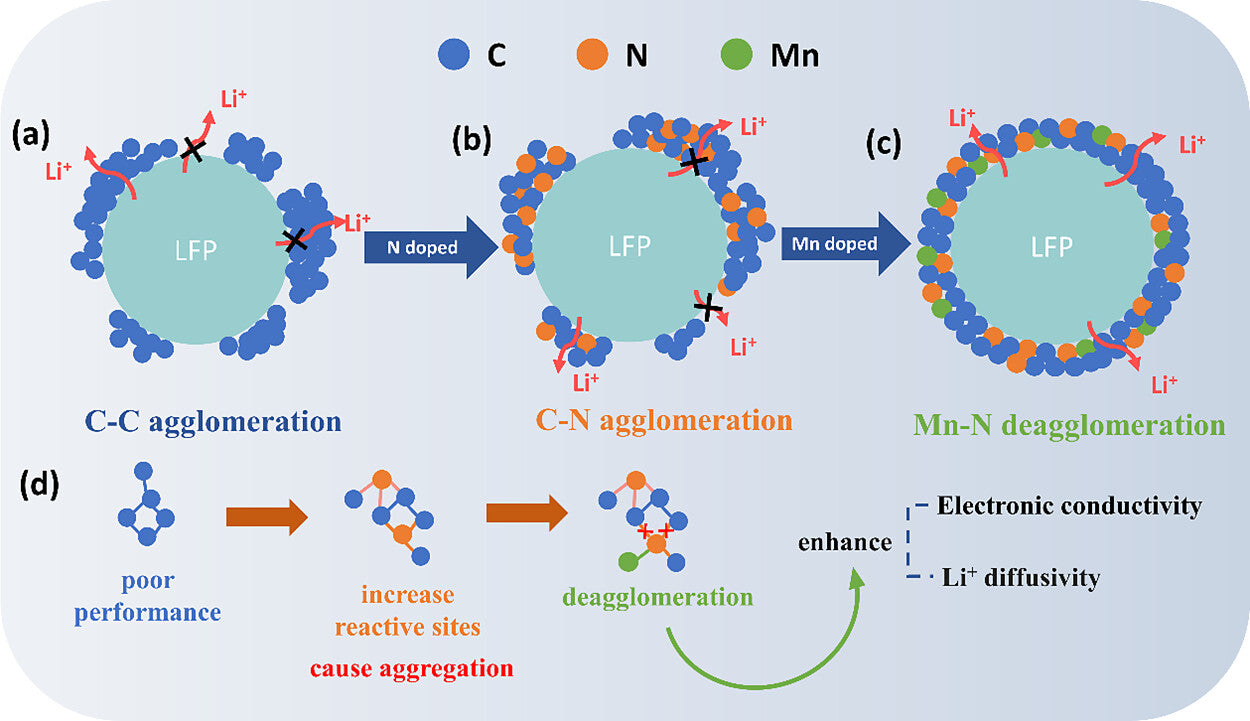
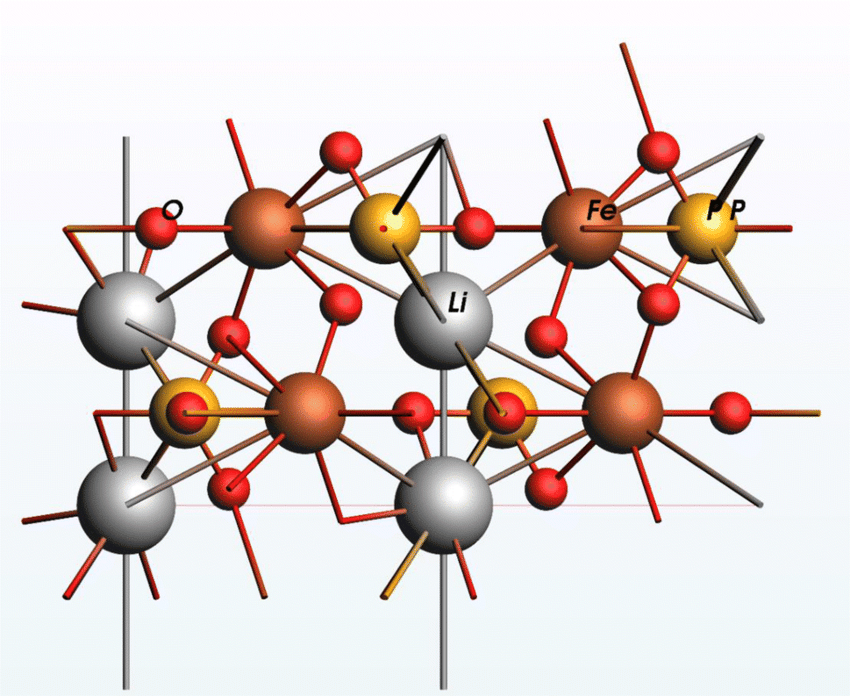
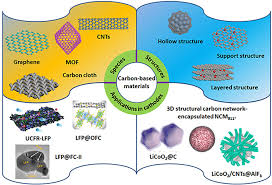
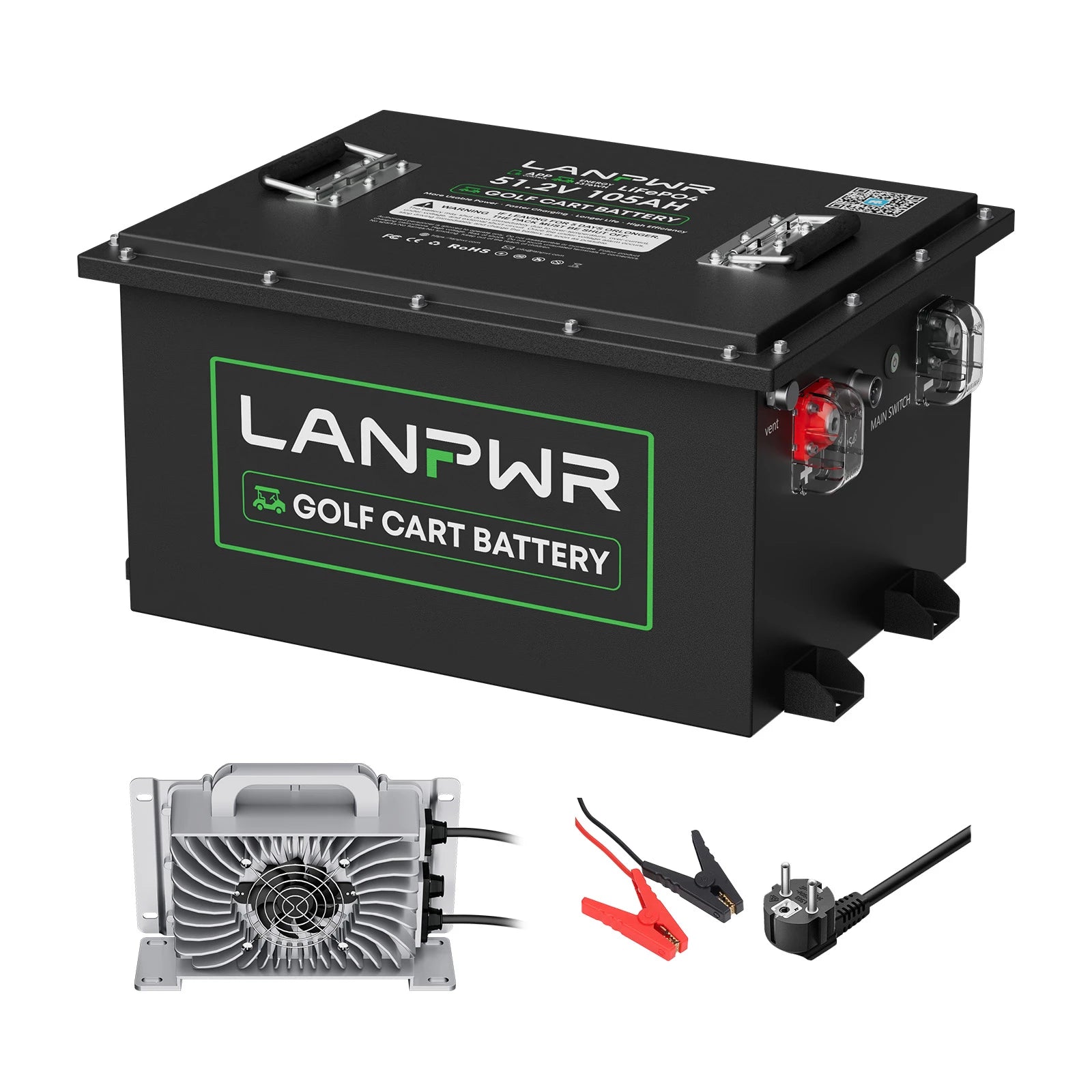
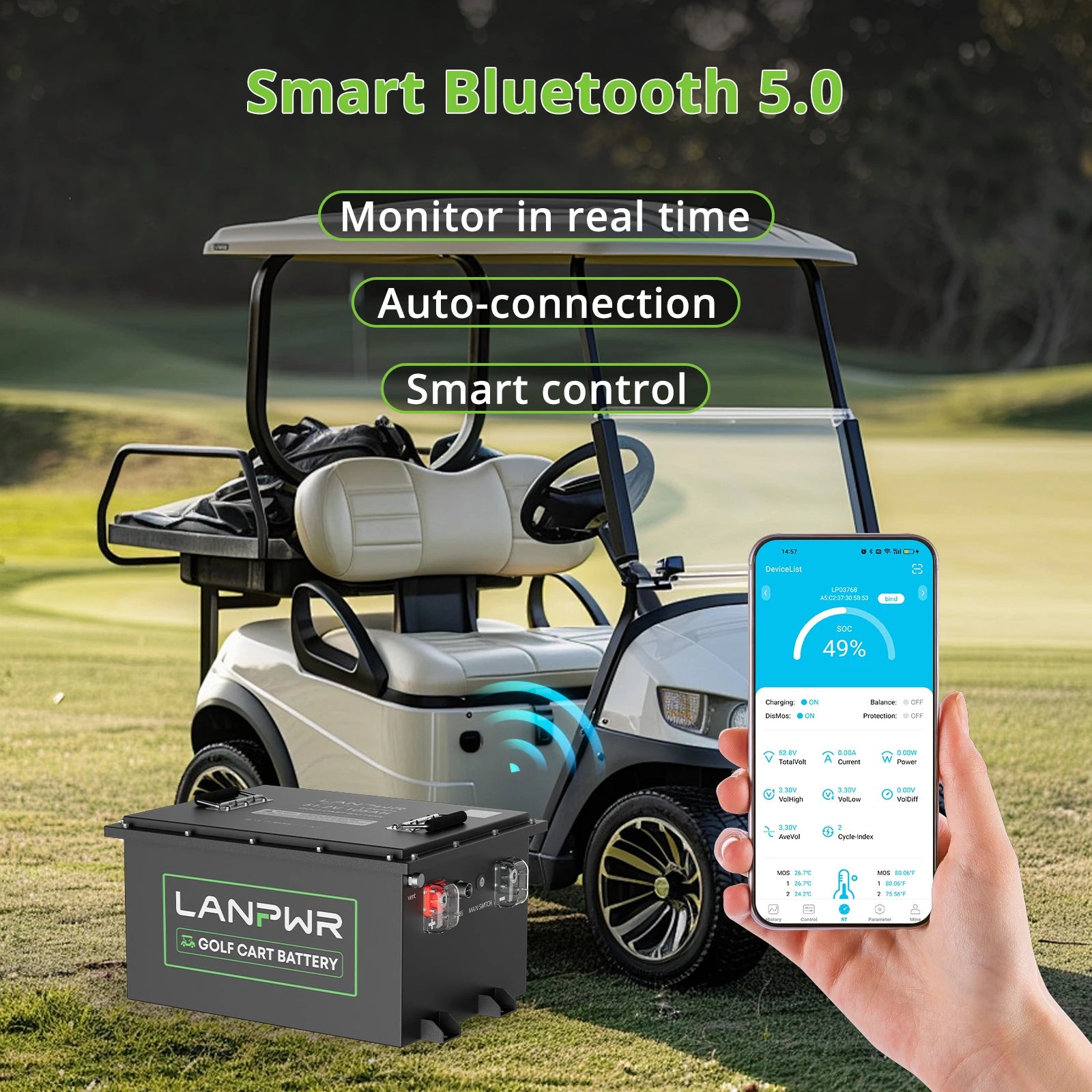
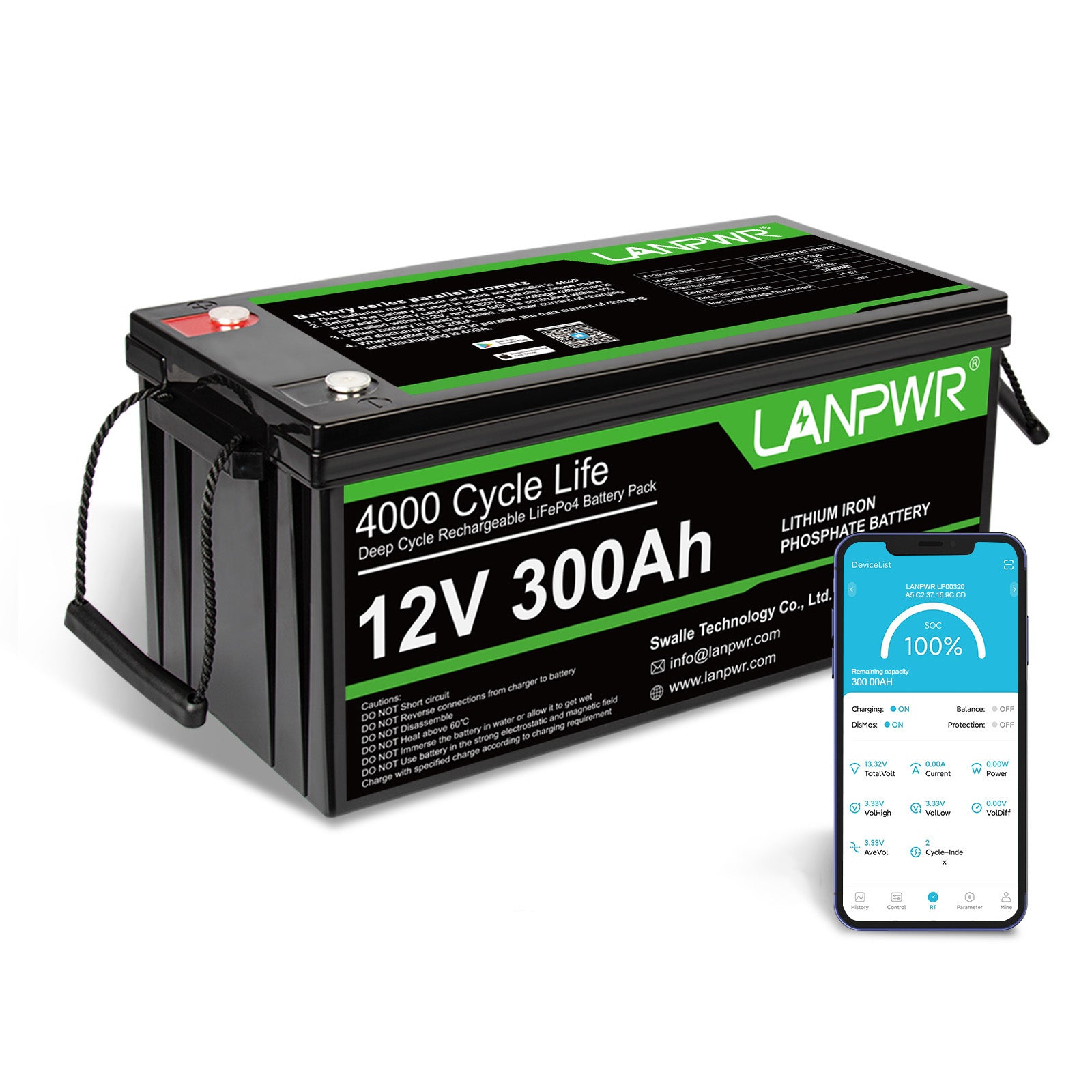
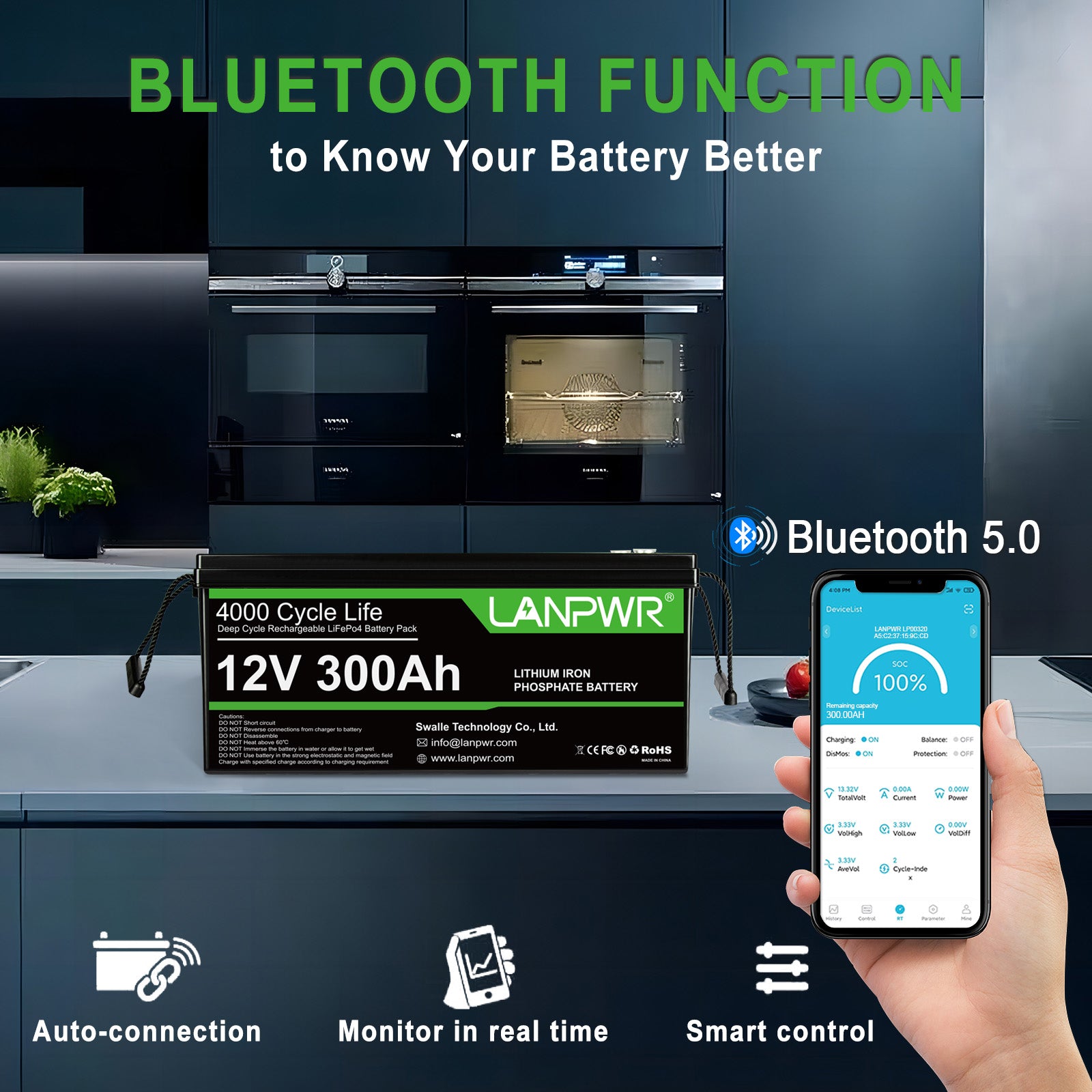
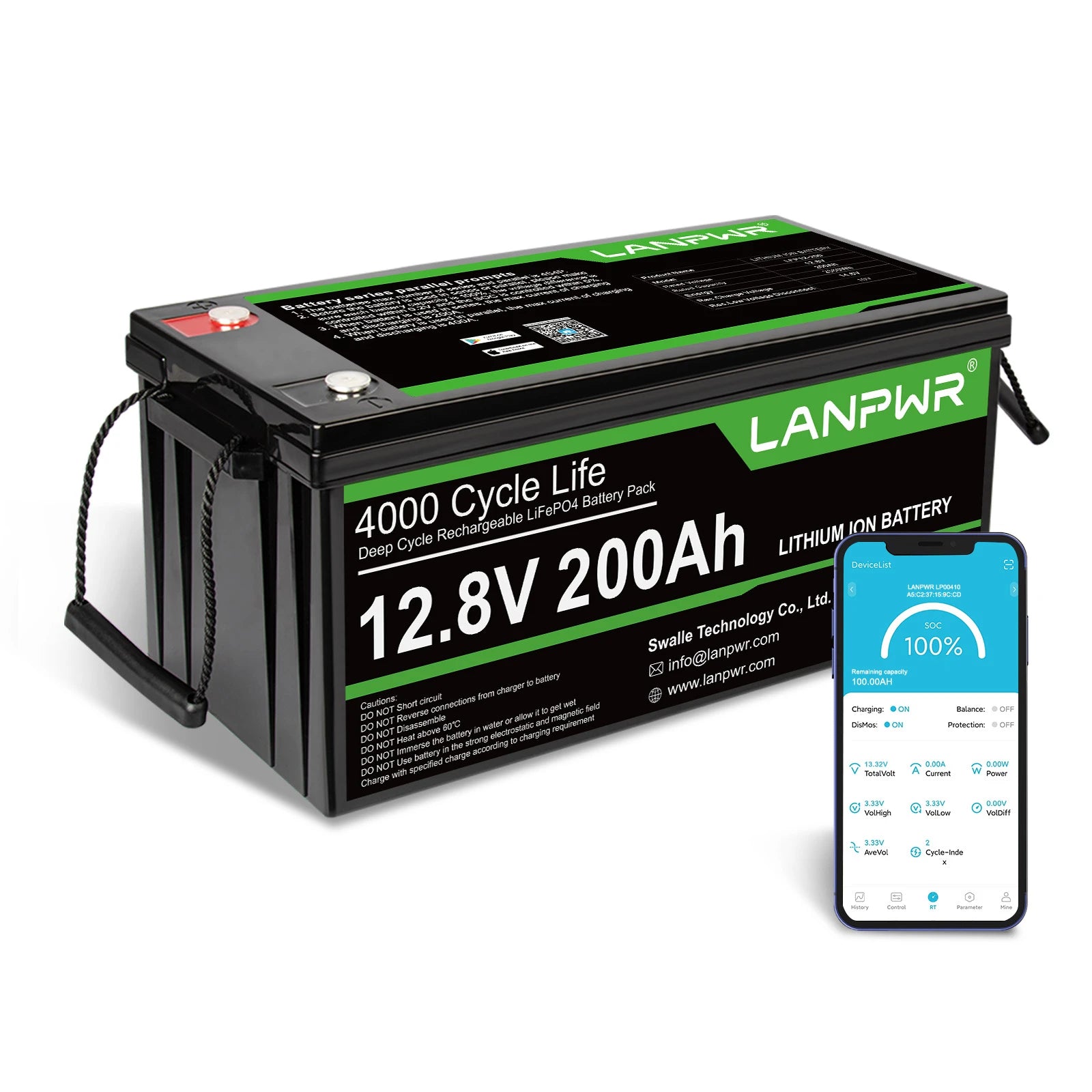
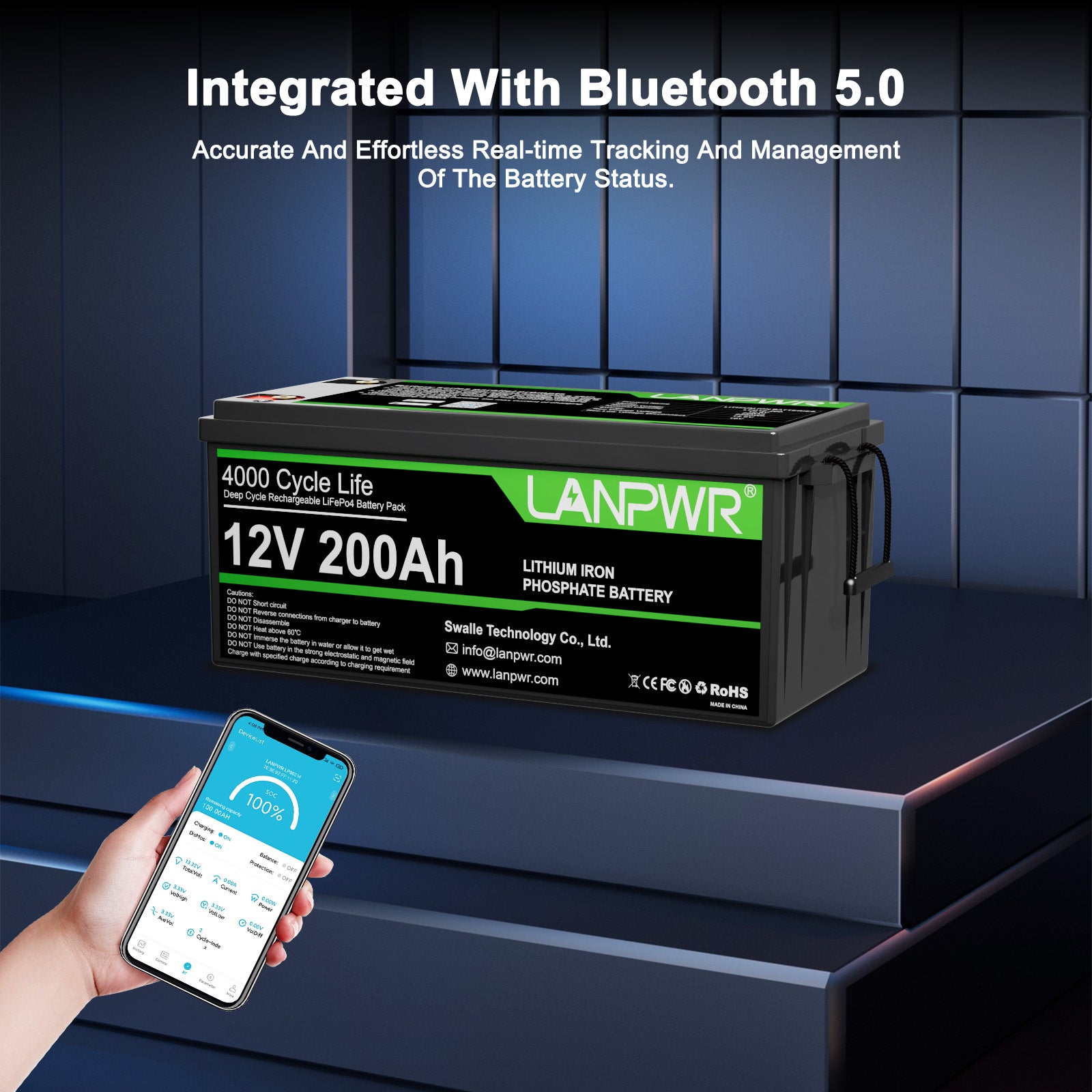
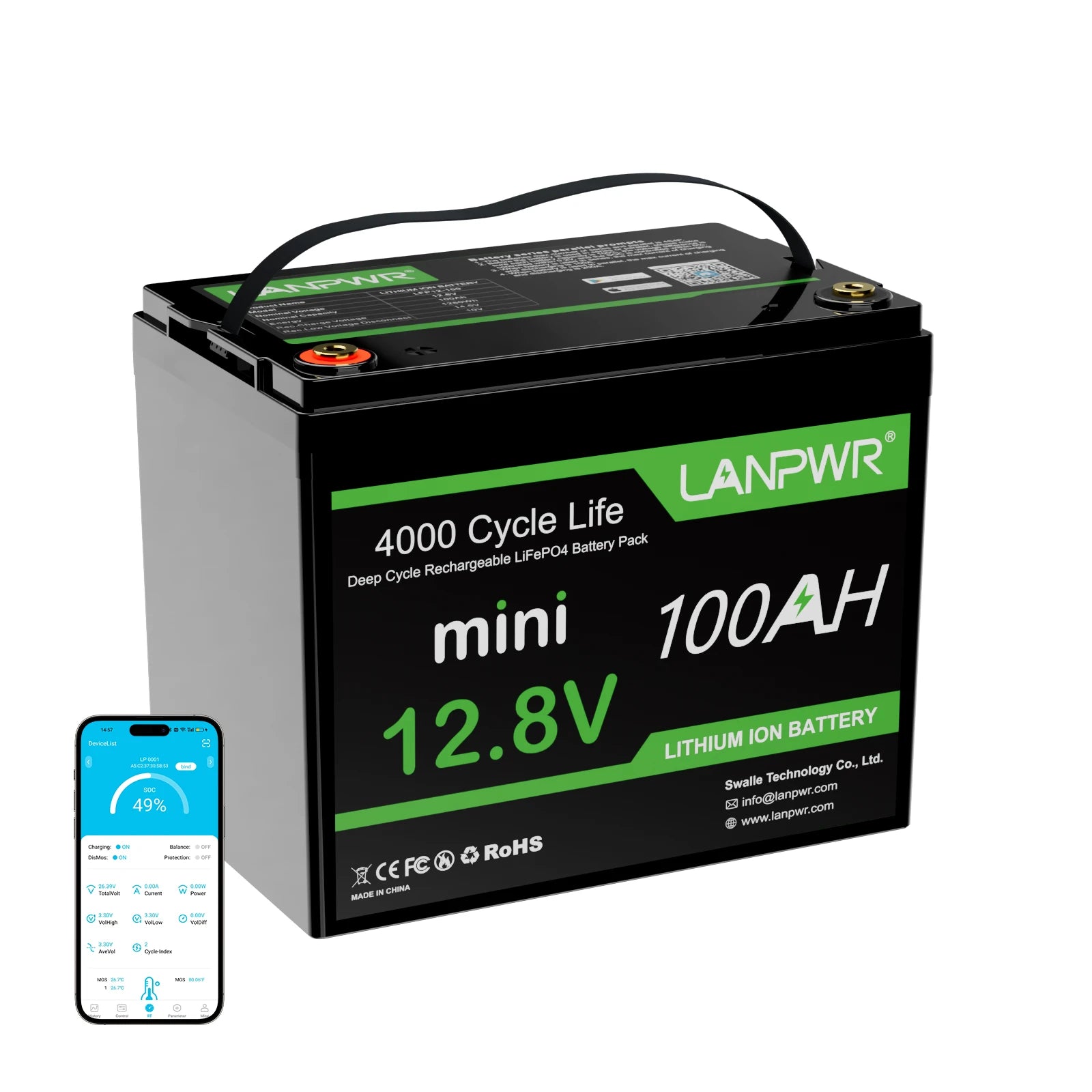

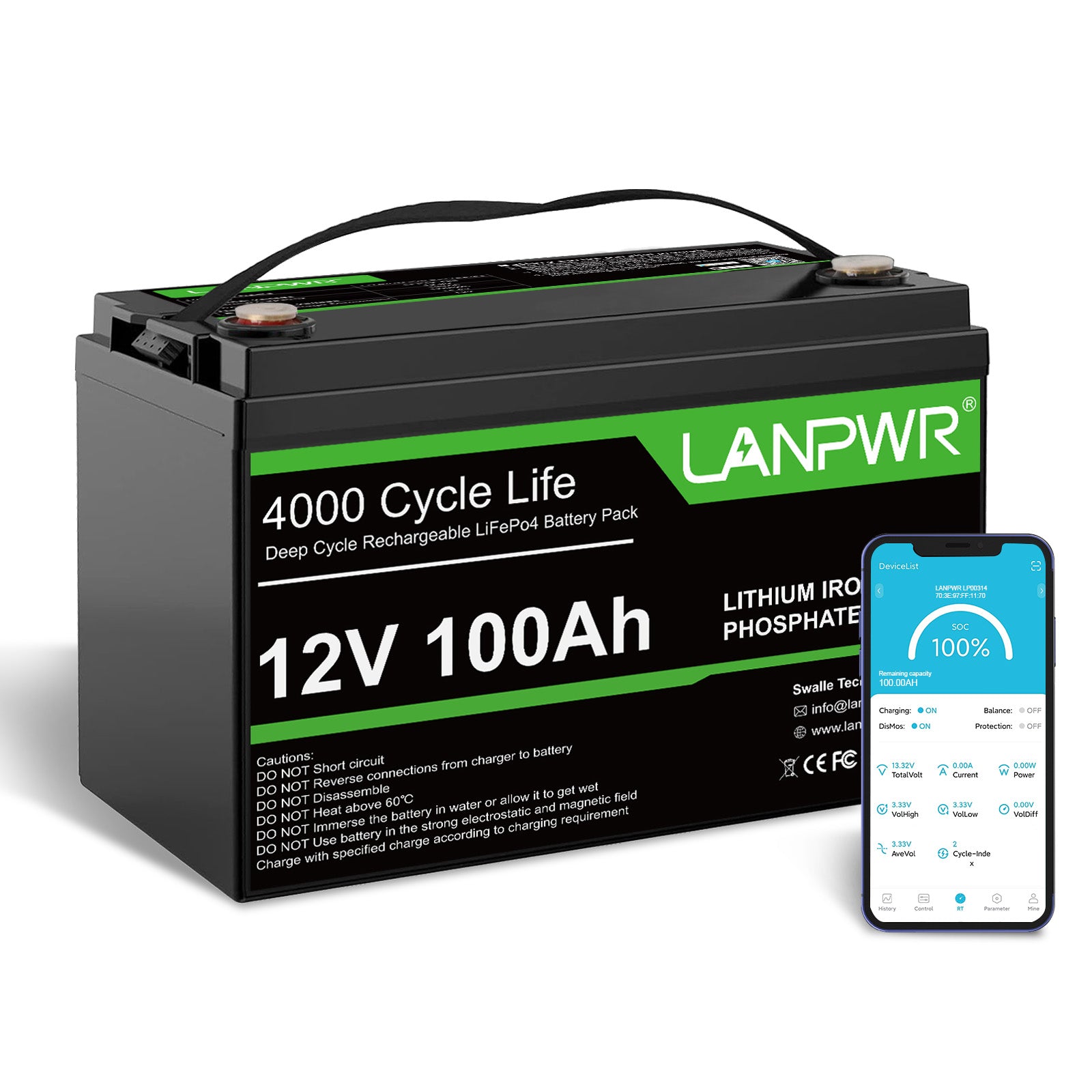

Leave a comment
This site is protected by hCaptcha and the hCaptcha Privacy Policy and Terms of Service apply.